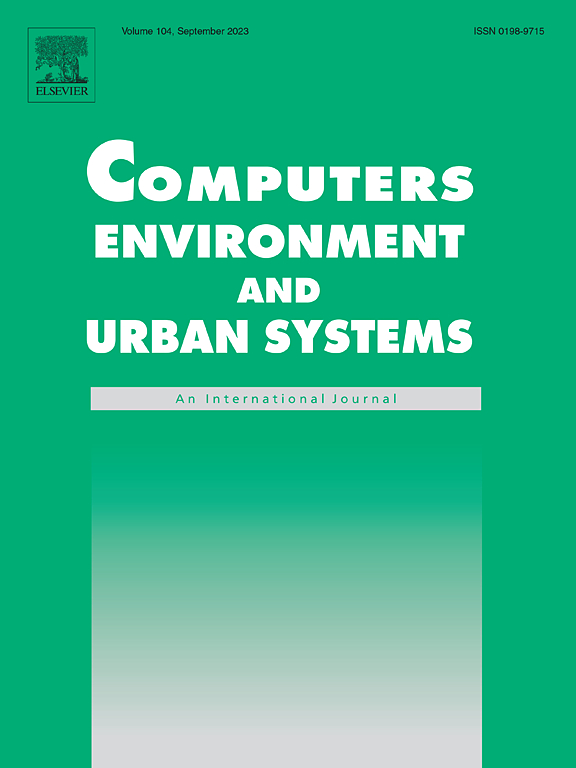LCZ-based city-wide solar radiation potential analysis by coupling physical modeling, machine learning, and 3D buildings
Abstract
Addressing climate change and urban energy problems is a great challenge. Building Integrated Photovoltaics (BIPV) plays a pivotal role in energy conservation and carbon emission reduction. However, traditional approaches to assessing solar radiation on buildings with physical models are computing-intensive and time-consuming. This study presents a hybrid approach by integrating physical model-based solar radiation calculation and machine learning (ML) for city-wide building solar radiation potential (SRP) analysis. By considering urban morphology, land cover, and meteorological characteristics, local climate zones (LCZs) are classified. The SRP of representative LCZs is precisely evaluated using computing-intensive physical models integrated with 3D building models. A ML model is then developed to effectively predict the SRP of building roofs and facades throughout the city. An experiment was conducted in Shenzhen, China to validate the presented approach. The results demonstrate that Shenzhen has a total annual building solar radiation of . Luohu District exhibits the highest SRP density. The LCZ-based analysis highlights that compact low-rise LCZs offer greater SRP for roofs, while compact high-rise LCZs do so for facades. Moreover, BIPV could cut CO2 emission by up to 41.85 million tons annually. Notably, solar PV installation only on rooftops in Shenzhen could meet 87.81% of the city's electricity department's carbon reduction goal. This study provides an alternative for city-wide SRP estimation by combining physical modeling and ML and offers valuable insights for data-driven and model-driven urban planning and management in low-carbon cities.

 求助内容:
求助内容: 应助结果提醒方式:
应助结果提醒方式:


